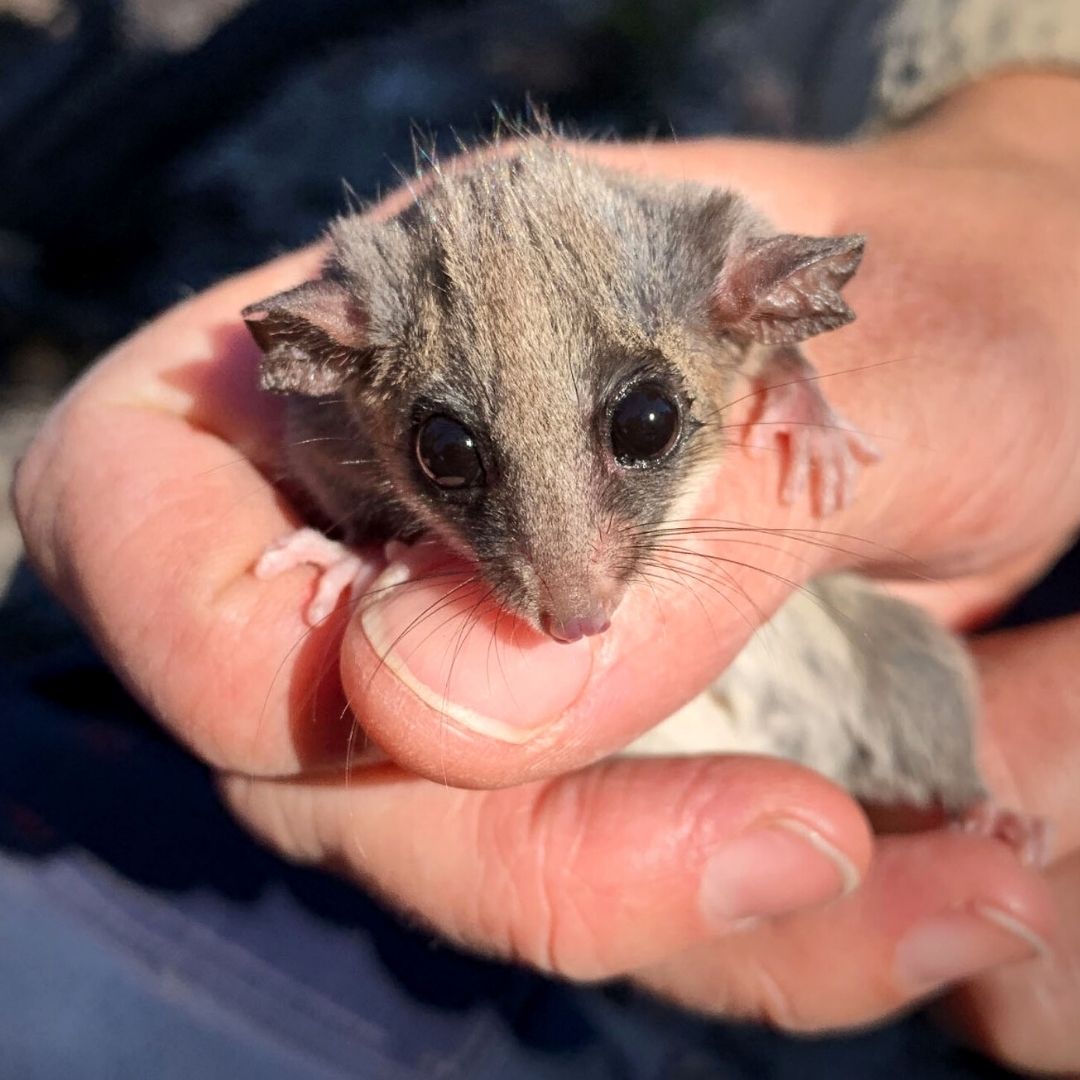IKEA’s famous flat-pack innovation is being used to help Aussie animals survive after bushfires. Keep on reading to find out how!


200 ‘Habitat Pods’ Have Been Deployed In NSW!
As part of a world-first research project — Dr Alex Carthey of Macquarie University, and University of Sydney PhD student and Ecologist, Angela Raña — have developed biodegradable, ‘flat-pack’ habitat pods for Australian wildlife.
These habitat pods are designed to provide an instant refuge for native animals left exposed and vulnerable after a bushfire. In early December, 200 habitat pods were deployed across North Head Wildlife Sanctuary in NSW, near Sydney Harbour.
Dr Carthey has spent much of her career researching predator-prey relationships and the importance of habitat for native animals after a bushfire. “The Black Summer fires acted as a wake-up call, and that got me thinking about what we could do to help wildlife survive,” said Dr Carthey.


Three Billion Animals Were Impacted By The Black Summer Bushfires
The Australian fire season of 2019-2020 — better known as Black Summer — burnt 12 million hectares of land in Eastern Australia and impacted more than 3 billion vertebrae animals.
In the aftermath of these intense, widespread bushfires, there’s often a large death toll of wild animals that have been unable to find shelter and food — sometimes weeks, and even months following a bushfire. It’s also a dangerous time to be a small mammal, with countless predators taking advantage.
“I’d been studying the plants and animals here for two years, but after the fire, we mostly found charred skeletons in the ash. It was heartbreaking. Any surviving animals could just be picked off by birds, foxes and cats,” said Angela Raña.
New Habitat Pods Could Save “Thousands Of Native Animals”
The habitat pods are a six-sided pyramid made from folded cardboard; perforated with multiple small holes where animals can enter and exit freely. The pods are light, easy to set up, and 100% biodegradable — meaning that the material will degrade back into the soil.
It’s hoped that small mammals will find short-term refuge within the pods from the harsh elements and prowling predators.
“Large-scale bushfires are an ongoing concern for conservationists, especially as the climate heats up. The habitat pods could be an effective new tool for bushfire response that makes the difference between life and death for thousands of native animals,” said Dr Leo.


North Head Sanctuary Is Home To Native Reintroduced Species
Working in partnership with Harbour Trust, the Australian Wildlife Conservancy is conducting an ambitious mammal reintroduction program at North Head Wildlife Sanctuary! Since 2017, the Eastern Pygmy Possum, Brown Antechinus, and the Bush Rat have been reintroduced back to North Head after becoming locally-extinct.
The 250 ha site supports around 13 threatened species, and 6 threatened plants, and a handful of reintroduced species.
Over this 12-month trial period, these 200 habitat pods are expected to aid small mammals as they navigate life post-fire. This initial, real-world trail could pave the way for bushfire recovery worldwide — and save countless small mammals in the process.
We’re all too familiar with the fact that climate change is fuelling bushfires. Our precious, native mammals are often left exposed and vulnerable after bushfires — but these biodegradable flat-pack habitat pods are a simple, inexpensive way to offer our wildlife a shot at survival.
If you’d like to read more about this fantastic project, check out the Australian Wildlife Conservancy’s website. For more wildlife conservation projects like this, head over to our Eco News category and take a look at the blogs below!
Kangaroo Island’s Schoolkids Are Using An App To Save Bushfire-Impacted Birds
Rewilding SA’s Yorke Peninsula With Locally-Extinct Species
Aussie Conservation Group Announces Bold Plan To ‘Save The Koala With Kisses’



